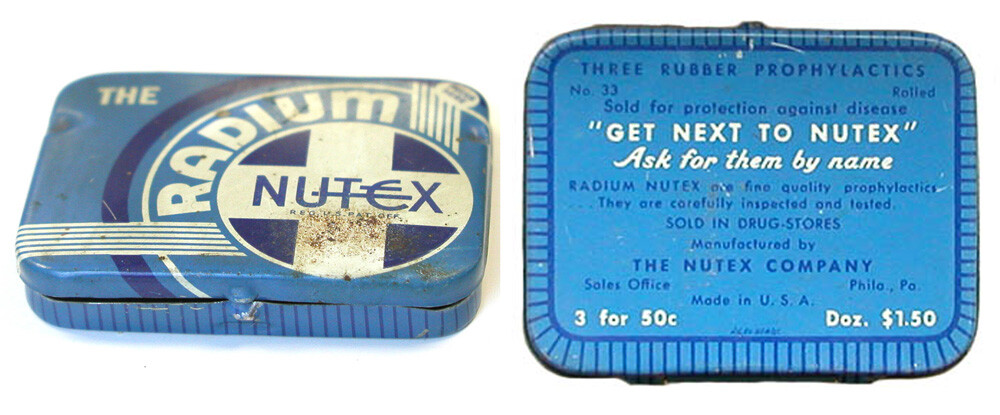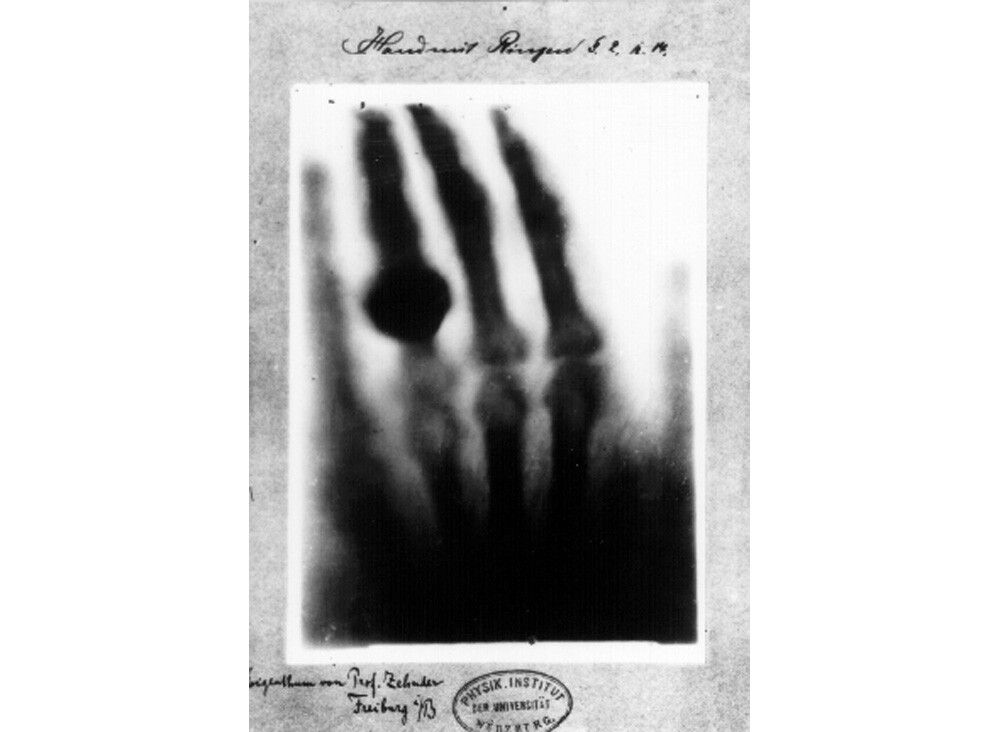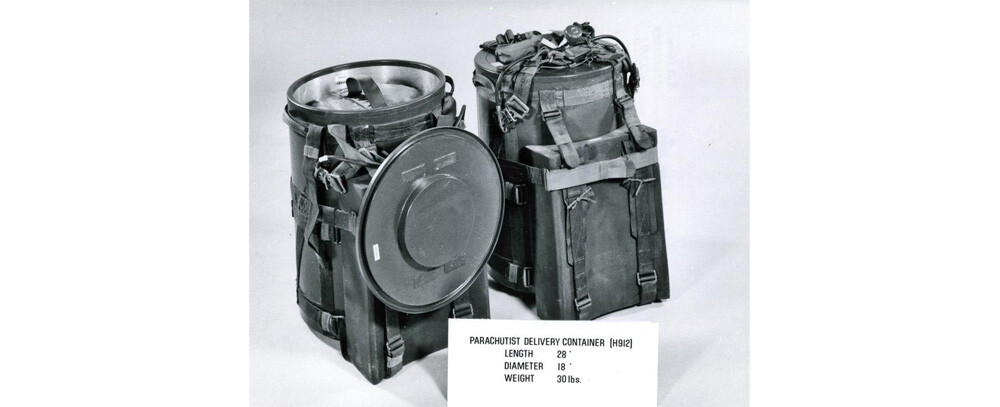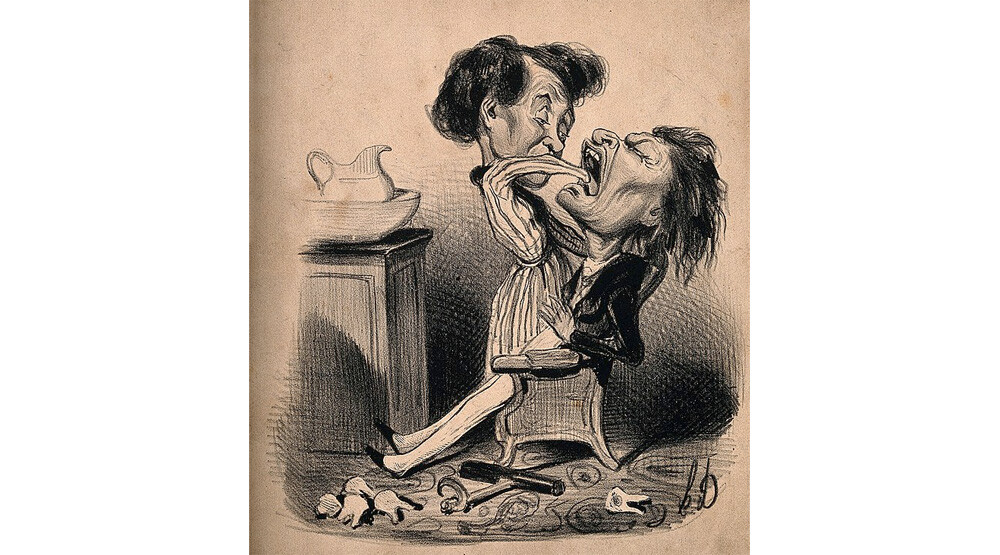5 Gloriously Dangerous Ways People Used Early Inventions

Two things are true about how our ancestors dealt with new technology. One: They felt strangely scared by inventions that turned out to be harmless. Two: They felt strangely cavalier about inventions that turned out to be dangerous. Even when people were fortunate enough not to be killed by such items, a knowledgeable person should have been horrified at even the thought of...
Radium Condoms
You’ve heard of radium toothpaste and radium face powder. If you felt those were fine parts of your hygiene regimen and are hungry for more, you’re the target customer for this product right here:

Some sources describe these products as glow-in-the-dark condoms. That is likely untrue. Radium itself doesn’t really glow in the dark. It’s an ingredient in luminous paint, but only when it’s paired with a radioluminescent compound like zinc sulfide. Also, while the name of this condom should inspire horror in you, a radium-infused condom wouldn’t be nearly as dangerous as some of the other ways people used the isotope back then. Radium is highly dangerous when ingested, but your skin is pretty good at blocking some types of radiation. Even whoever winds up with a radium condom inside them won’t have radium in there for that long.
Here’s one thing we do know about Nutex “Radium” Condoms: The FTC swept in and shut them down in 1940. The condoms claimed to be “absolutely perfect, would afford protection and would be efficacious for the prevention of disease.” That was deemed false and misleading, and so, the government destroyed the merchandise. Brand your product however you like, but you can’t call a condom absolutely perfect. “Pretty decent” is always a much safer claim.
Asbestos Napkins
Asbestos is a marvelous substance, great at resisting fire. Why, they put it in the World Trade Center, because we could all imagine how terrible a fire might be in a building like that.

Asbestos Corp.
Actually, when they were putting those towers up, they stopped using asbestos partway through, and in 2001, that left people wondering if more asbestos could have slowed the towers’ collapse. Of course, you’re more likely to be aware of the fact that the asbestos left nasty dust in people’s lungs when the buildings fell. We all know about the dangers of asbestos now, but they didn’t when they first used it — and we’re not just talking about construction during the 19th and 20th centuries. We’re talking about life thousands of years ago.
They used asbestos back in Ancient Rome. They used it to make dinner napkins. This might sound confusing because, for all the disadvantages of asbestos in construction, at least buildings benefit from being fireproof. Why would you need fireproof dinner napkins?
Because it was a great party trick, that’s why. Hosts would toss the napkin into a fire to entertain guests, who’d be baffled that the napkin didn’t disintegrate. Plus, this would clean the napkin by incinerating the stains away without damaging the cloth. Life was crazy before we invented proper detergent.
X-Ray Portraits
When Wilhelm Röntgen discovered X-rays in 1895, he immediately understood the possible medical applications. Those waves could reveal bones, without you having to remove any skin, and that was great for diagnosing fractures. The first image he published, however, struck a chord even with people uninterested in medicine.

This Image showed his wife’s hand wearing a ring, and it looked glamorous. It also looked spooky, and people in Victorian days were into glamor and ghost stories. People soon lined up for the chance to nab cool “skeleton hand” portraits. The first X-ray stations weren’t at hospitals but at photographers’ studios. People headed in there just for fun, and doctors who prescribed X-rays sent patients to these glamor studios to get themselves checked out rather than to a radiology floor of the hospital.
X-rays felt thrillingly taboo, as showing off a pic of yourself without skin was one step beyond even a pic without clothes. Still, it remained socially acceptable, because people were displaying scans of their hands, not of their pelvises. Problems only set in when the people who spent a lot of time around X-ray machines noticed their hands swelling, their hair falling out and their skin peeling way.
That’s a condition called X-ray dermatitis. Luckily, a few X-rays of your hands probably wouldn’t lead to cancer or amputations. No, for that, you had to X-ray yourself every day — as happened in shoe stores, where salespeople would X-ray their own feet repeatedly for demos and sometimes ended up having to chop that foot off.
Nuclear Landmines
Granted, landmines are supposed to be dangerous. But the idea to go nuclear with them in the 1960s shows how people back then were a little too susceptible to uranium fever. We choose not to throw these devices around anymore.

The nuclear landmine was formally called the Special Atomic Demolition Munition, or SADM because it could lead to many SADMen. The U.S. military was planning for what it’d do if the Soviets took over Europe, and one plan involved sending parachutists in with SADMs. These atomic soldiers would place the landmines down by hand and then get out of there. Their escape route: swimming out to sea. A submarine would eventually pick them up, but we wouldn’t simply have the submarine launch the nuke because that method would lack finesse.

The nice thing about nuclear landmines is they were so portable. The bad thing about nuclear landmines is they were so portable. If we kept using them, we’d definitely eventually mislay a few, and they’d wind up in the wrong hands. Fortunately for all fans of indiscriminate nuking, Russia probably still has SADMs, so you may be able to nab a couple for yourself today.
Explosive Tooth Fillings
We’ve filled up holes in our teeth with many different materials over the years. Gold is nice and nonreactive. Composites are nice and clean. Mercury alloys are nice and durable — and if you think we’re about point out the dangers of mercury, you’re mistaken. Mercury fillings aren’t nearly as dangerous as the name suggests. If you’re worried about mercury poisoning, you’re probably thinking about an ion called methylmercury, or mercury fumes, rather than an alloy of the metal itself.
No, instead we’re going to look at the predecessor to mercury alloys. Before that, fillings were made from a mixture of metals such as silver, tin and lead — and if you think we’re now about to point out the dangers of lead, sorry, wrong again. The danger we’re about to cover didn’t come from any one metal but from what happened when these different metals made contact.
Put two metals together, and under certain conditions, they’d turn into an electrochemical cell. Electrolysis acted on water in saliva, releasing hydrogen gas. Then all it took was a spark (maybe from smoking, maybe from the metal of another filling), and the tooth would explode.

At least that’s the theory. Oh, the explosions definitely happened; we had half a dozen cases in the 19th century. We’re just not entirely sure fillings caused them. One woman whose tooth exploded in 1871 suffered a blast so loud, she went deaf. Several other explosion victims, meanwhile, had no regrets. All that weird activity going on in their teeth in the days leading up to the explosion was extremely painful, so the eventual explosion and the tooth’s eventual destruction came as a relief.
Follow Ryan Menezes on Twitter for more stuff no one should see.